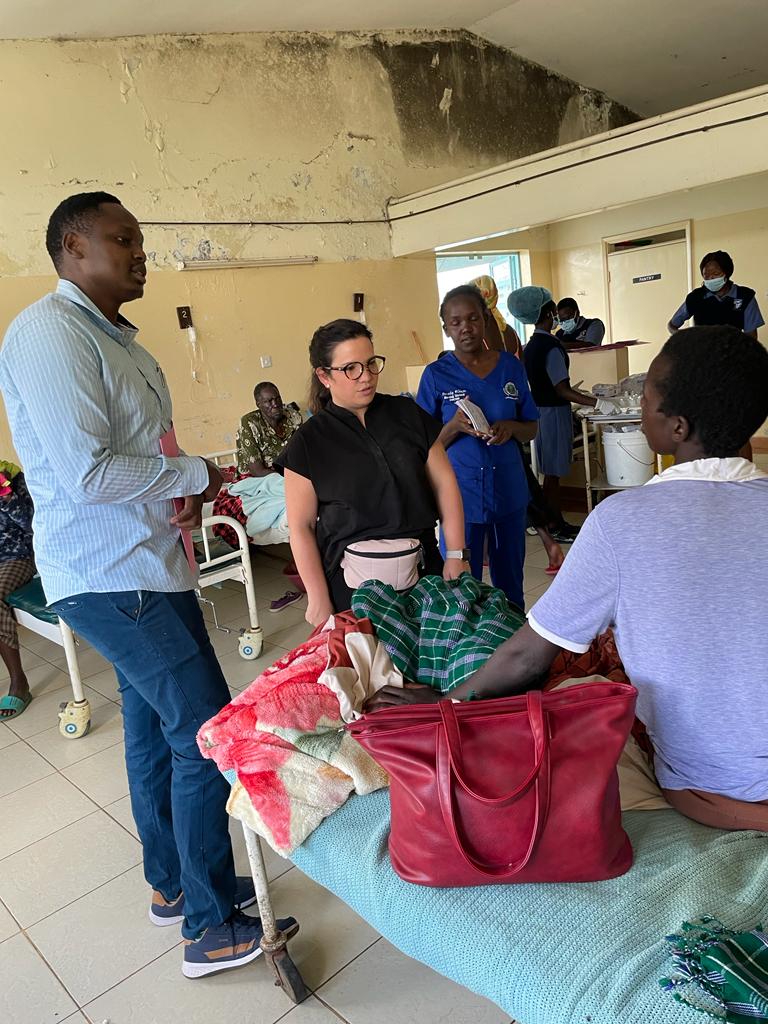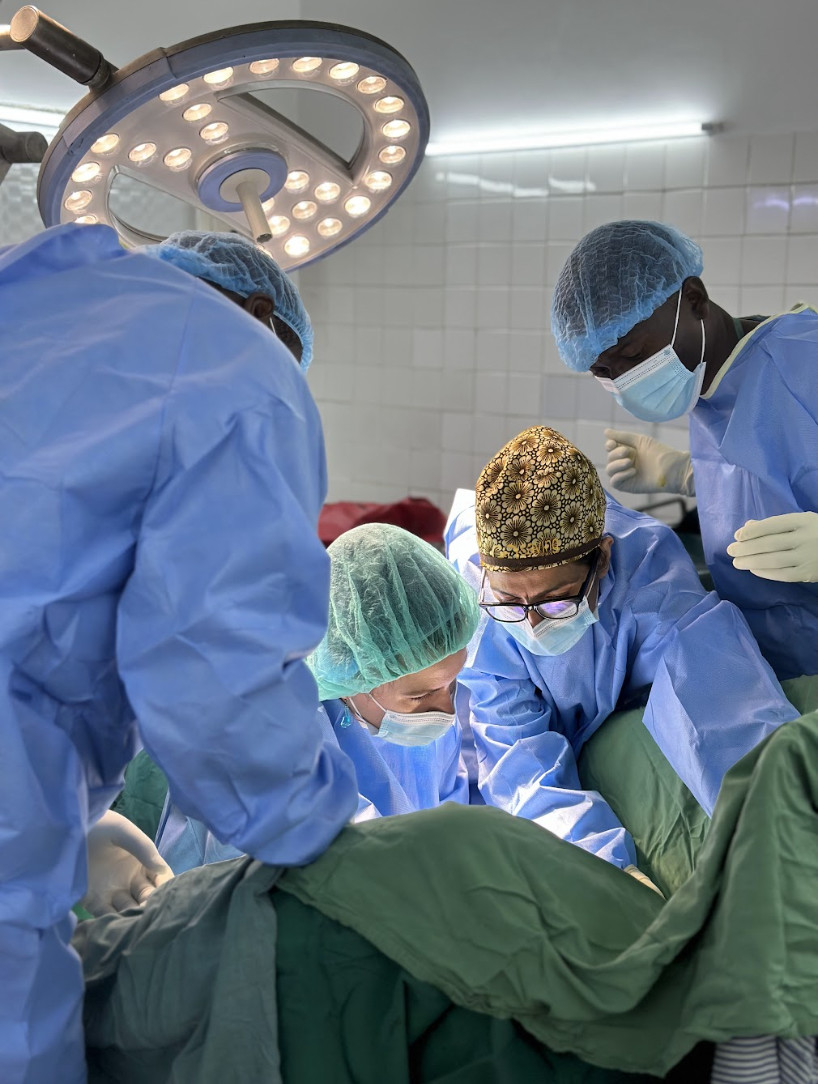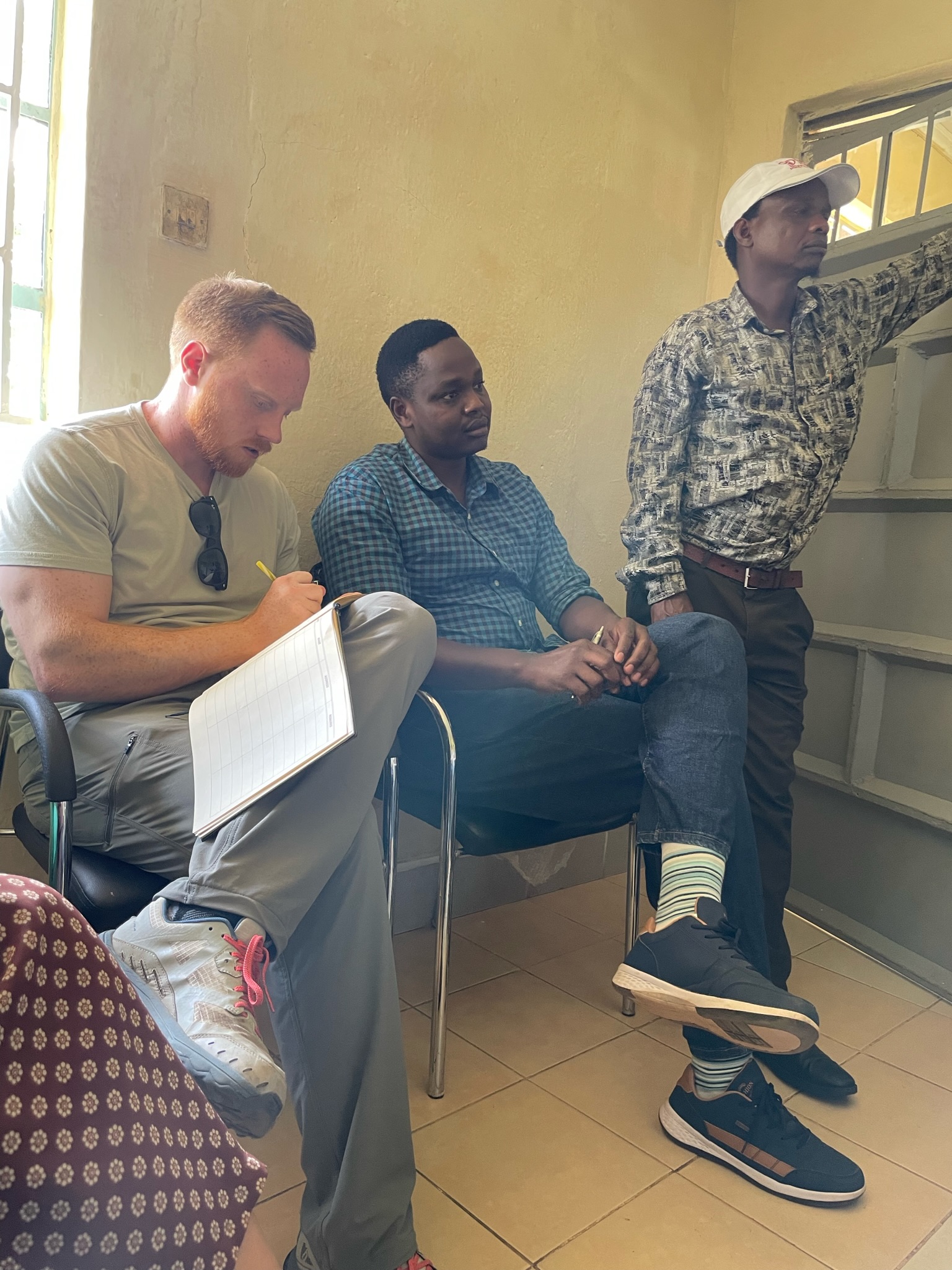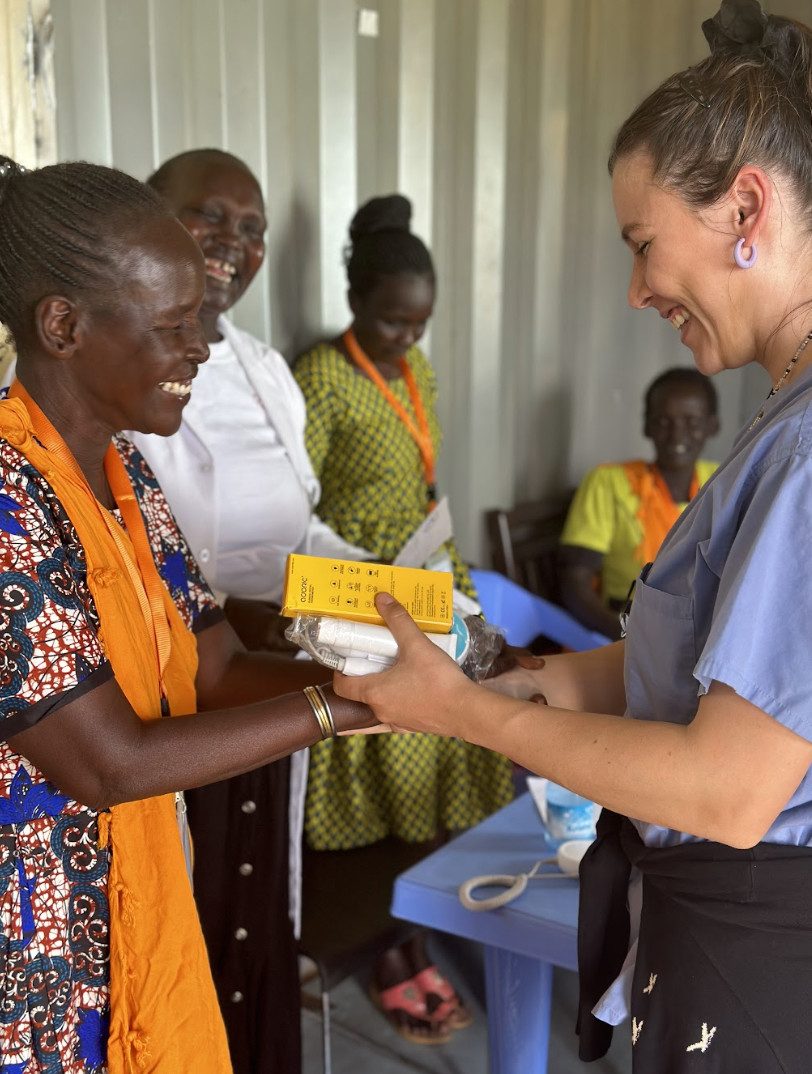The morning air felt different as we stepped into a hospital in rural Kenya. A mix of anticipation and humility washed over me as I watched three experienced OB-GYN physicians from New York City prepare for their first day of work alongside their Kenyan counterparts. As a product manager at Doximity, I've always felt connected to the mission of healthcare, and I had the privilege of witnessing healthcare delivery at its most fundamental level when I joined Saving Mothers in Kenya.
The Power of Local Knowledge and Context
One of the most impactful aspects of our mission involved collaborating with Traditional Birth Attendants (TBAs), women who hold positions of deep respect and trust within their communities. These dedicated healthcare providers traveled from regions across Kenya, Uganda, and South Sudan to participate in our joint training sessions—a testament to their commitment to maternal health.

For generations, TBAs have served as primary maternal caregivers in areas where formal healthcare facilities remain distant or inaccessible. Our work together focused on establishing more robust connections between traditional and institutional care. We explored how TBAs could leverage community trust to recognize early complications and facilitate timely referrals to hospitals when necessary.
During one session, we worked on adapting donated thermometers from Fahrenheit to Celsius. A TBA explained how she had developed a system of partnering with local schoolchildren to help interpret temperature readings—an ingenious community-based solution to a design problem. This moment highlighted the importance of developing tools and protocols that support local context and existing support systems rather than simply imposing external standards.
A Two-Way Exchange: Surgical Collaboration
In the operating theater, I witnessed a remarkable professional exchange when an observation of a complex hysterectomy evolved into an impromptu teaching session. The Kenyan surgeons demonstrated techniques they had perfected through necessity—improvised approaches that impressed the highly trained New York physicians. Our American doctors, in turn, shared alternative approaches they had learned in different contexts.

Due to limited resources, the Kenyan doctors developed efficiencies and adaptations that would actually benefit surgeons anywhere. This collaborative environment showed global health partnership at its best: built on mutual respect, adaptability, and shared learning.
The Reality of the Maternity Ward
One of the most emotionally powerful moments came during our visit to the maternity ward. Due to limited space, women were sharing beds—a stark reminder of resource constraints. In one bed, I witnessed the emotional juxtaposition of a woman joyfully cradling her newborn beside another who had just experienced loss.
This contrast made the critical need for improving maternal care infrastructure very clear. It was a visceral reminder of why organizations like Saving Mothers work to support local healthcare systems in expanding their capacity and resources for maternal care.
Contributing Behind the Scenes
My responsibilities throughout the trip were varied: procuring supplies, managing inventory, facilitating communication between our team and local staff, and documenting our work through photography. These tasks, while less clinical in nature, supported the mission and offered me insights into healthcare delivery challenges.

Moments of humor and connection reminded me that healthcare is fundamentally about human relationships. Even during stressful situations, we were able to share meals with hospital staff, navigate language barriers with creative problem-solving, and celebrate small victories together.
A Continuing Journey
Two years later, this experience continues to influence my approach to healthcare innovation. I've carried lessons about frugal innovation, community-centered design, and the power of trusted relationships back to my work at Doximity. The resilience and creativity I witnessed in Kenya's healthcare providers offer models that could benefit medical practice globally. I remain profoundly grateful for the opportunity to contribute in some small way to the vital work of Saving Mothers, and even more grateful for what Kenyan healthcare providers taught me about compassion, resourcefulness, and the universal human commitment to caring for one another at life's most vulnerable moments.
The true heroes of maternal health in Kenya are, and always will be, the local doctors, nurses, midwives, and Traditional Birth Attendants who do this essential work every day.

The true heroes of maternal health in Kenya are, and always will be, the local doctors, nurses, midwives, and Traditional Birth Attendants who do this essential work every day. Their ongoing commitment deserves not just our admiration but sustained partnership and support on their terms—a principle that guides Saving Mothers' mission and that I hope to honor in my continued engagement with global health initiatives.
